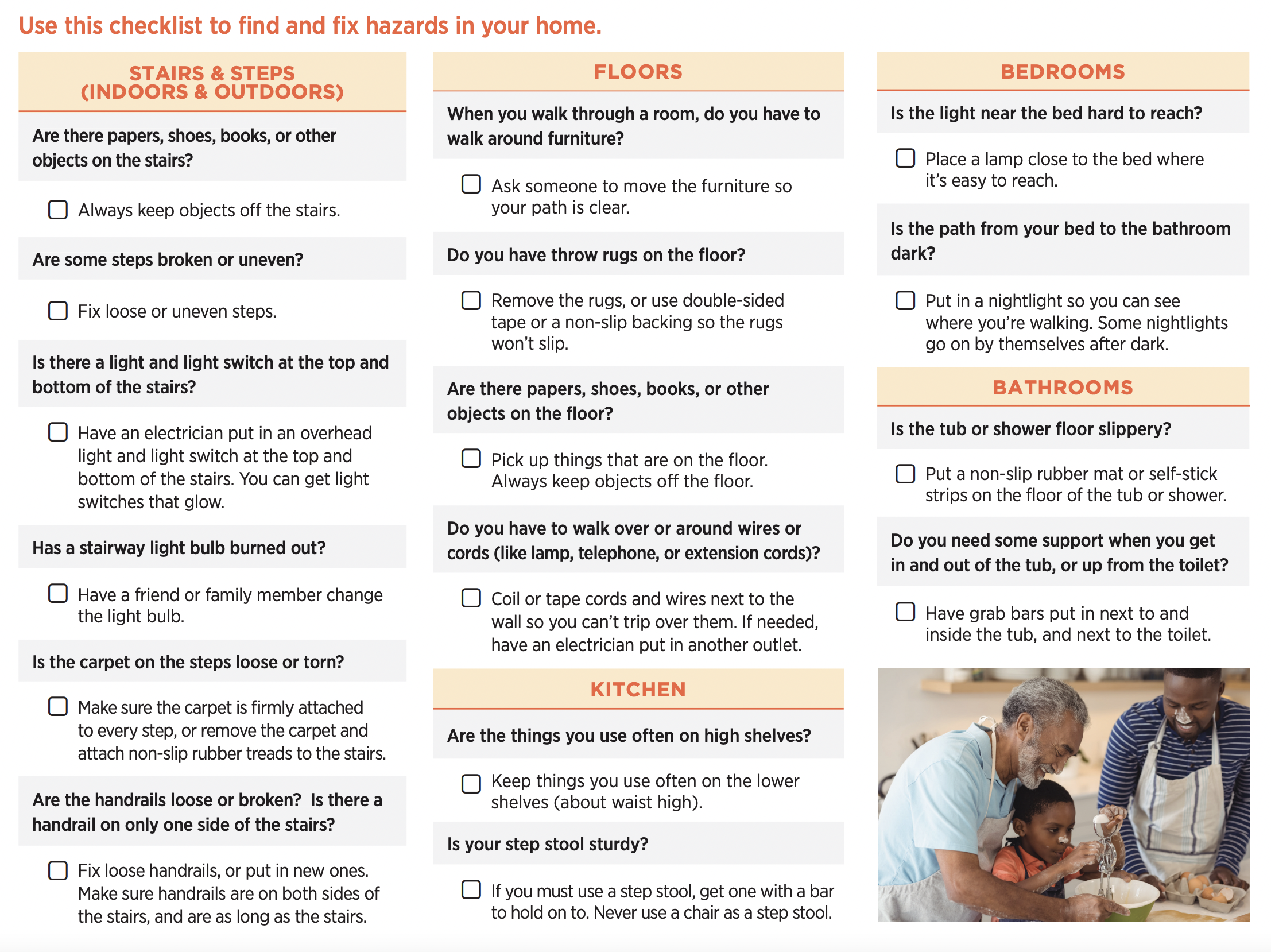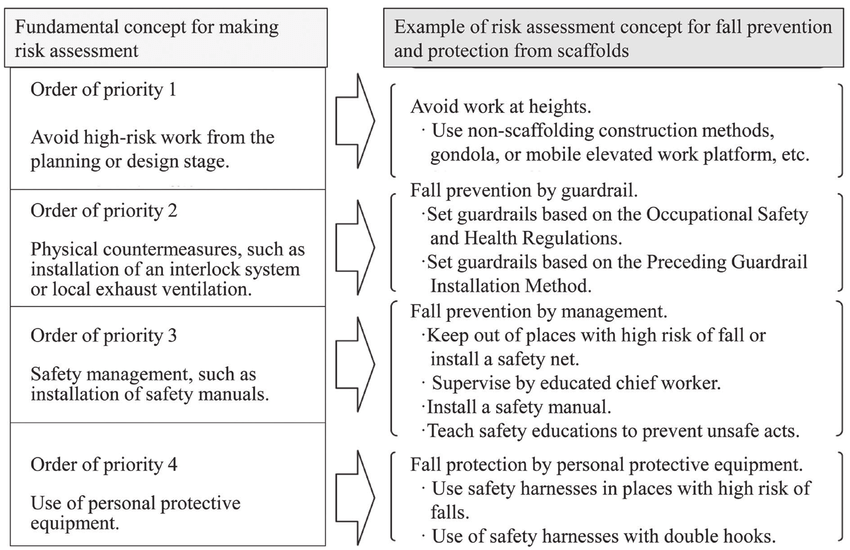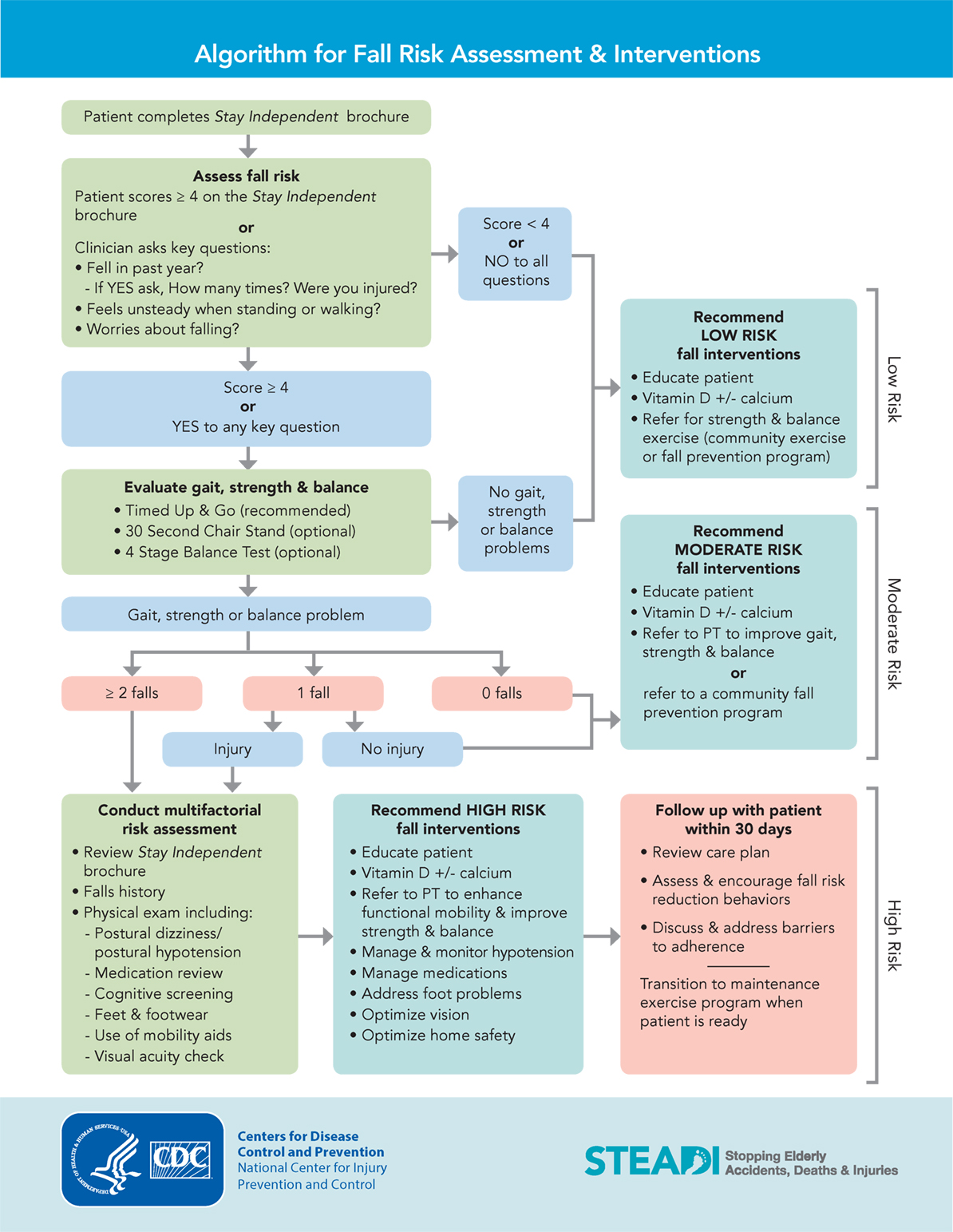Unknown Facts About Dementia Fall Risk
Unknown Facts About Dementia Fall Risk
Table of ContentsDementia Fall Risk Fundamentals ExplainedDementia Fall Risk Things To Know Before You Get ThisRumored Buzz on Dementia Fall RiskThe Ultimate Guide To Dementia Fall Risk
A fall danger assessment checks to see exactly how most likely it is that you will fall. The assessment usually includes: This consists of a series of concerns concerning your overall wellness and if you have actually had previous falls or troubles with balance, standing, and/or walking.Treatments are referrals that might minimize your danger of falling. STEADI includes three actions: you for your danger of falling for your risk elements that can be improved to attempt to protect against drops (for instance, balance problems, impaired vision) to lower your threat of dropping by utilizing effective strategies (for instance, supplying education and resources), you may be asked several inquiries consisting of: Have you fallen in the past year? Are you stressed concerning dropping?
If it takes you 12 seconds or even more, it may suggest you are at higher threat for an autumn. This examination checks strength and equilibrium.
The placements will certainly obtain more difficult as you go. Stand with your feet side-by-side. Relocate one foot midway onward, so the instep is touching the large toe of your other foot. Relocate one foot totally in front of the various other, so the toes are touching the heel of your various other foot.
The smart Trick of Dementia Fall Risk That Nobody is Discussing
Most falls take place as an outcome of several adding aspects; for that reason, managing the risk of falling starts with identifying the elements that add to fall threat - Dementia Fall Risk. Several of one of the most pertinent risk elements include: Background of previous fallsChronic medical conditionsAcute illnessImpaired stride and balance, lower extremity weaknessCognitive impairmentChanges in visionCertain risky medicines and polypharmacyEnvironmental elements can also raise the risk for falls, including: Insufficient lightingUneven or damaged flooringWet or slippery floorsMissing or harmed hand rails and get barsDamaged or incorrectly fitted equipment, such as beds, wheelchairs, or walkersImproper use assistive devicesInadequate guidance of individuals staying in the NF, including those who show aggressive behaviorsA successful loss risk administration program calls for a complete medical evaluation, with input from all members of the interdisciplinary team

The care strategy ought to likewise include interventions that are system-based, such as those that promote a risk-free atmosphere (appropriate lighting, hand rails, order bars, and so on). The performance of the interventions ought to be examined regularly, and the care plan revised as needed to show adjustments in the fall danger assessment. Executing a loss threat management system making use of evidence-based finest practice can reduce the frequency of falls in the NF, while limiting the possibility for fall-related injuries.
Dementia Fall Risk - Truths
The AGS/BGS guideline recommends evaluating all adults matured 65 years and older for loss threat every year. This screening includes asking people whether they have fallen 2 or even more times in the past year or looked for medical interest for a loss, or, if they have actually not fallen, whether they feel unsteady when strolling.
Individuals who have dropped when without injury ought to have their balance and gait evaluated; those with gait or equilibrium abnormalities should obtain additional assessment. A more helpful hints background of 1 autumn without injury and without stride or equilibrium issues does not require more evaluation past ongoing annual fall danger screening. Dementia Fall Risk. An autumn risk assessment is needed as part of the Welcome to Medicare evaluation

The Best Strategy To Use For Dementia Fall Risk
Recording a drops background is one of the top quality indicators for fall avoidance and monitoring. copyright drugs in certain are independent predictors of drops.
Postural hypotension can typically be alleviated by reducing the dosage of blood pressurelowering medicines and/or quiting medicines that have orthostatic hypotension as a side result. Use above-the-knee assistance tube and copulating the head of the bed raised might also minimize postural decreases in high blood pressure. The suggested components of a fall-focused checkup are shown in Box 1.

A TUG time more than or equivalent to 12 seconds recommends high loss risk. The 30-Second Chair Stand examination assesses lower extremity toughness and equilibrium. Being unable to stand up from a chair of knee elevation without utilizing one's arms indicates increased fall danger. The 4-Stage Balance test analyzes static equilibrium by having the individual stand check these guys out in 4 placements, each progressively much more difficult.